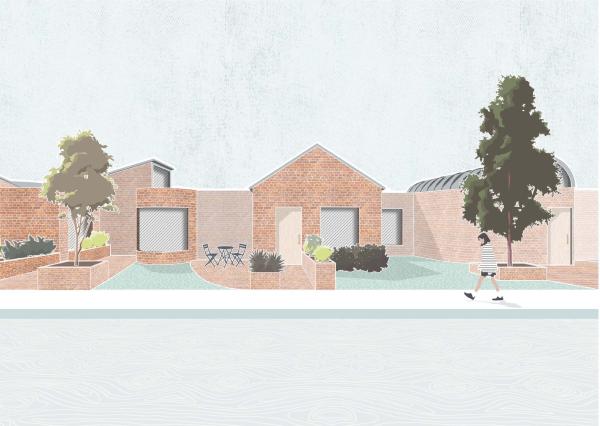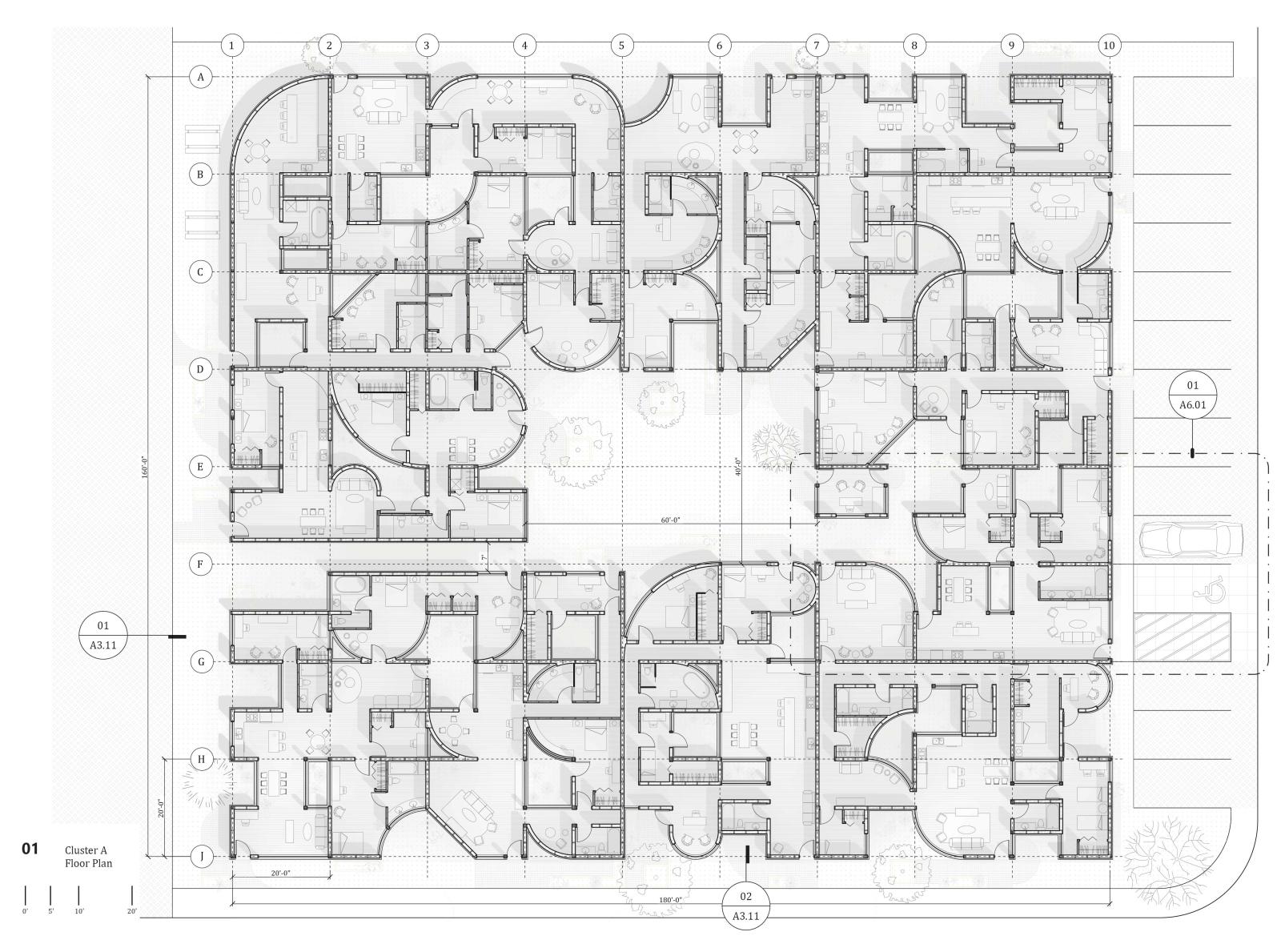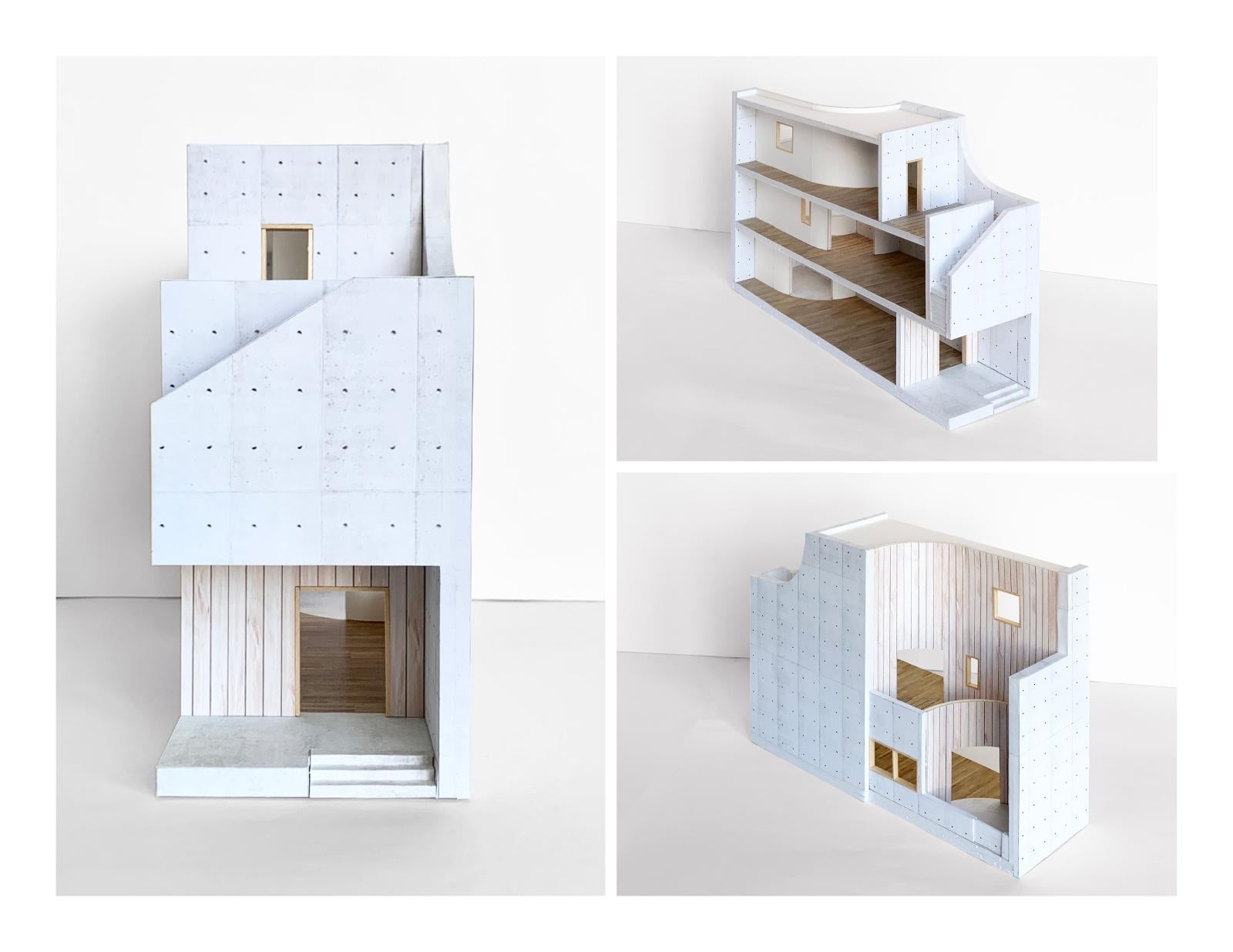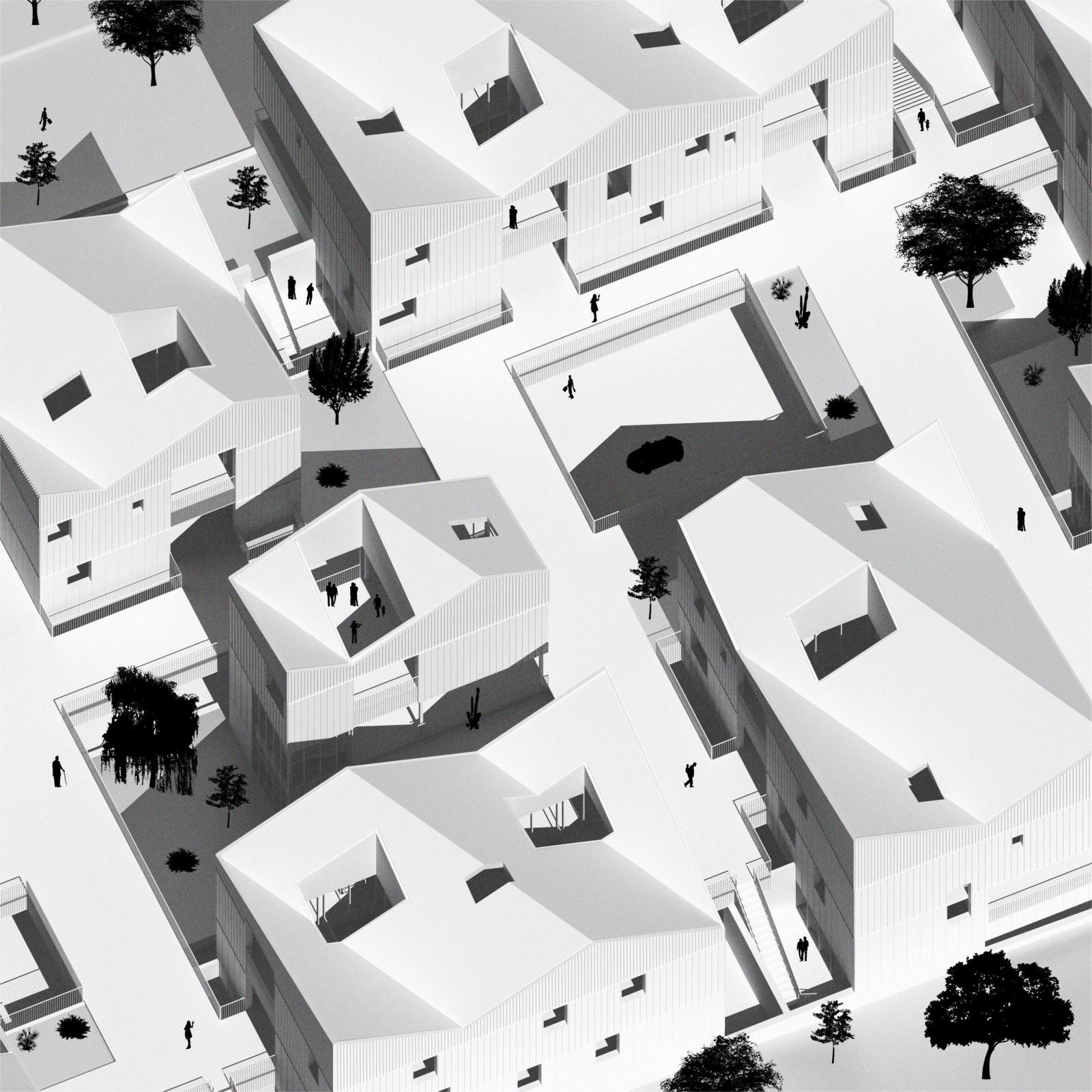Haettasch Receives ACSA Architectural Education Award

Congratulations to Lecturer Martin Hättasch who has received an Architectural Education Award from the Association of Collegiate Schools of Architecture (ACSA)! Awarded each year by ACSA, the prestigious award recognizes educators for exemplary work in areas such as building design, community collaborations, scholarship, and service. The award-winning professors inspire and challenge students, contribute to the profession’s knowledge base, and extend their work beyond the borders of academia into practice and the public sector.
Hättasch is one of only three educators to receive the AIA / ACSA Housing Design Education Award for his Comprehensive/Integrative Design Studio sequence “Middle Grounds—New Prototypes for Medium-Density Housing” between 2018-2021. This is the second time Häettasch’s teaching excellence and housing expertise have been nationally recognized. In 2018, his studio “A Home is Not a House” received Architect Magazine’s Studio Prize honoring “the most innovative academic studios in North America” – one of only six studios to do so.
A German architect whose design and research focus on the intersection of architecture and urbanism, Hättasch has worked with firms including Leeser Architecture, Ateliers Lion, and OMA. His work includes the curation and design of several exhibitions as well as a master plan for the former airport Berlin Tempelhof. Hättasch has held academic positions at Rice University, the Syracuse School of Architecture, and The University of Texas at Austin, where he has served as an adjunct faculty member since 2015.
“Middle Grounds—New Prototypes for Medium-Density Housing”
Sparked by affordability crises and promoted by New Urbanist concepts such as the “missing middle,” the housing range located in density between the single-family house and the apartment block has gained some traction among planners and municipalities. Yet, often reduced to zoning questions, focused on retroactive densification, or obsessed with rediscovering premodern types, contemporary debates fall short of the transformative agenda and design innovation with which these types were explored by the avant-gardes of the 1960s. The absence of a design-focused discourse around medium-density housing today inspired a series of advanced design studios that address housing not as a problem of zoning or economy (which it certainly also is) but a problem of architecture. Beyond both a fetishization of urban density and the idealization of the suburban vernacular, the idea of the “middle ground” set the tone to explore strategies beyond preconceived dichotomies of city/suburb, typology/innovation or individual/collective.
Critically assessing existing types, we asked the question how comforts of the individual house (a sense of ownership, private access and outdoors space(s)…) can be reconfigured to form new types of residential fabric. Three comprehensive design studios [A Home is Not a House (2018), New Prototypes for Collective Housing (2020), and Mat Strategies (2020)] explored variations on this theme on three different sites in Austin, TX. Facing an acute housing and affordability crisis and increasing divergence between dense mixed-use corridors and a historically low-rise housing fabric Austin provided a context that is mirrored in many urban centers across North America. Projects were therefore intended to be site specific as much as prototypical. The cumulative body of ideas that emerged from the studios begins to illustrate the potentials for new forms of housing as well as – hopefully – inspires future designers to continue the creative investigation of these forms.





